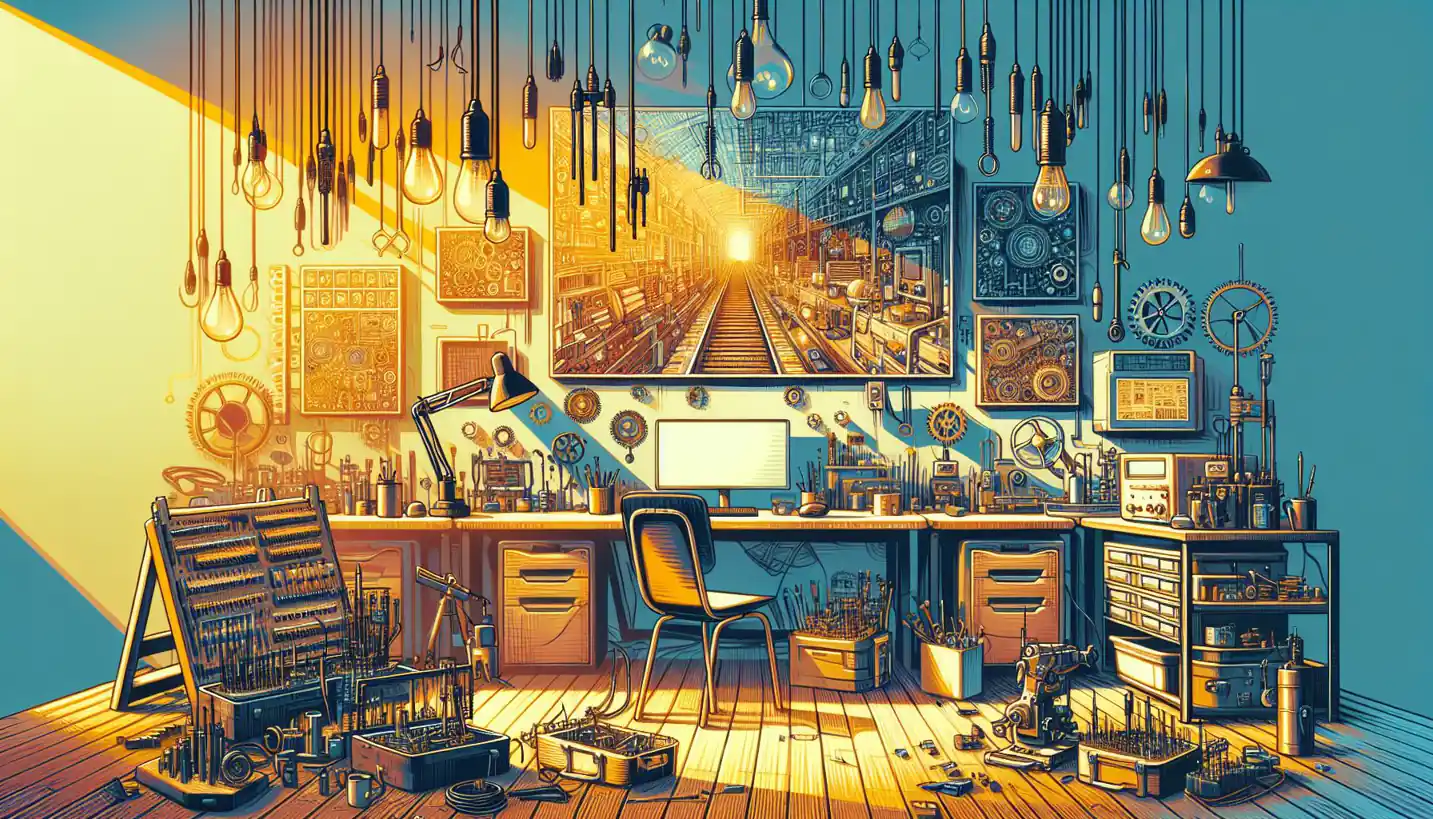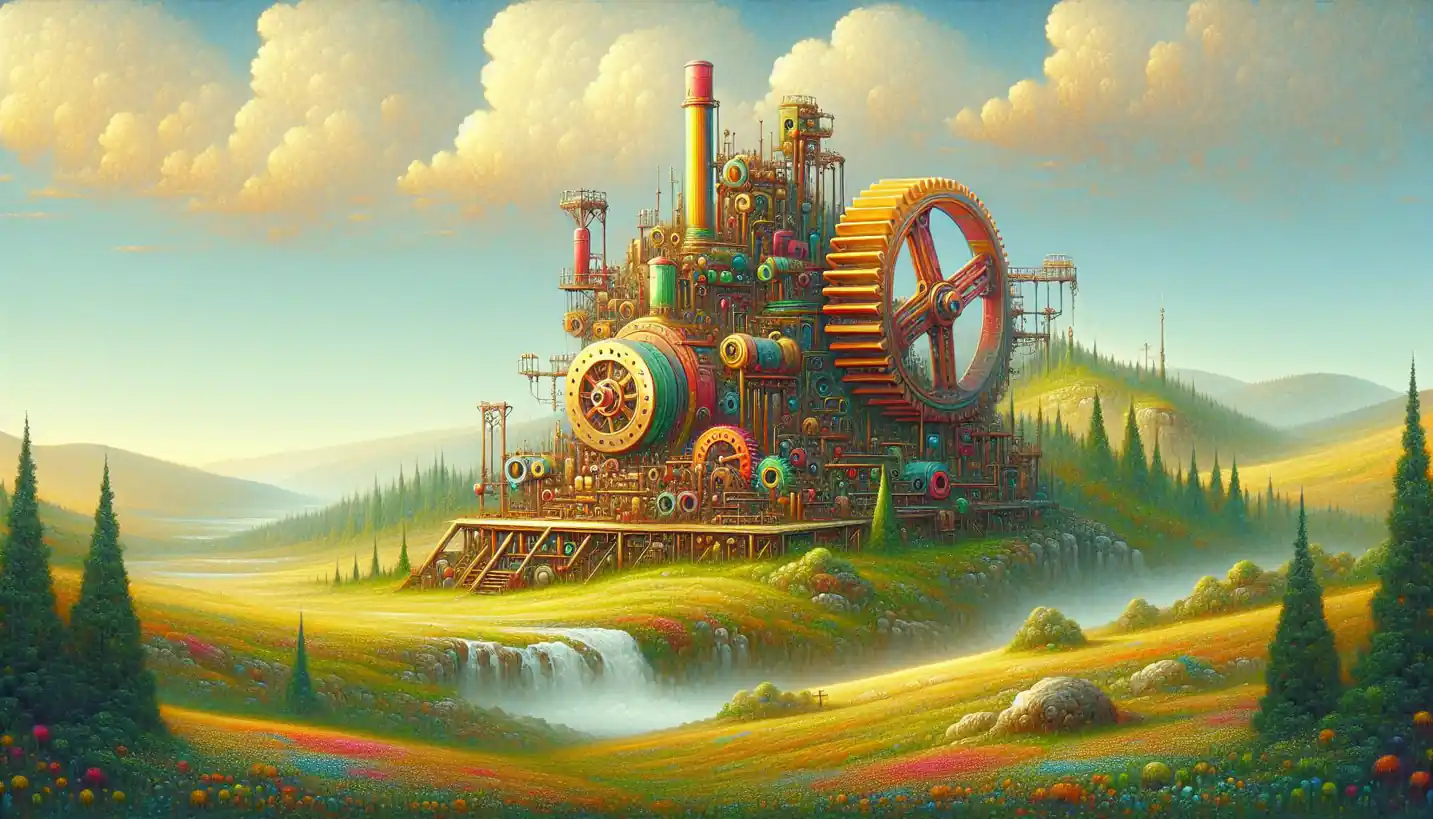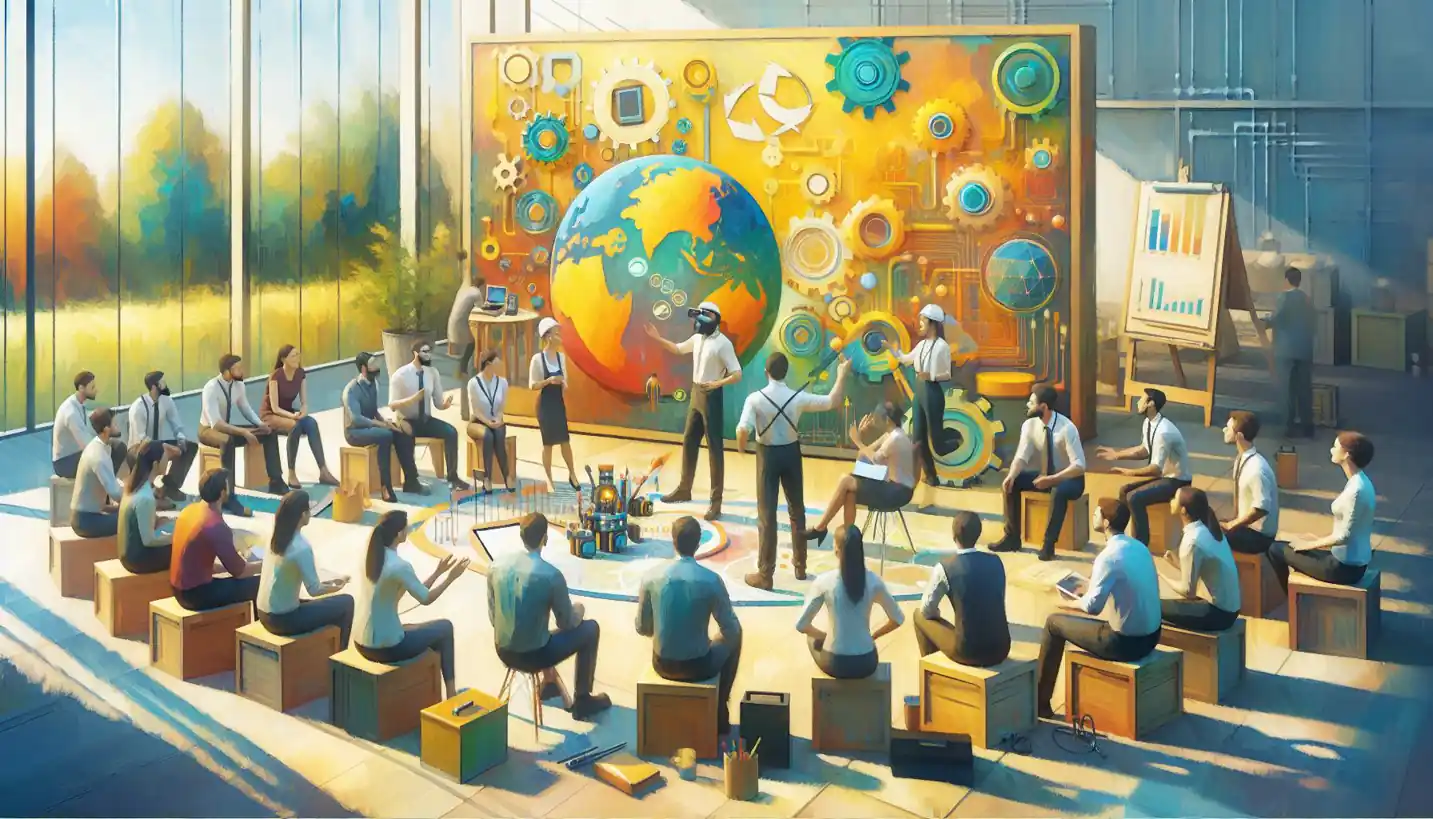· Engineering · 4 min read
Pollution Prevention: Smart Strategies for a Cleaner Future
Pollution prevention requires smart strategies for a cleaner tomorrow. Learn how engineering solutions are essential for reducing contaminants at the source.

When we think about our planet and the future, pollution prevention is something that often comes up. It’s all about stopping pollution before it happens, which is a key part of environmental engineering and something you might find really interesting.
Pollution prevention, or “P2” as it’s sometimes known, is a simple but powerful idea. Instead of dealing with pollution after it’s made, like cleaning up an oil spill, pollution prevention aims to stop it from being created in the first place. Imagine if, every time you baked cookies, someone else had to clean up the kitchen. Now, picture being able to bake those cookies without any mess to clean. That’s the magic of pollution prevention.
Think about the industrial processes that make the things we use every day, like clothes, gadgets, and cars. These processes can create a lot of waste. Environmental engineers work to design these processes so that they produce as little waste as possible. It’s all about thinking ahead and using resources smartly and efficiently. This helps save energy, reduce harmful emissions, and make products with minimal environmental impact.
One of the classic examples of pollution prevention is found in dry cleaning. Traditional dry cleaning uses a chemical called perchloroethylene, which can be harmful to both people and the environment. However, many modern dry cleaners have switched to greener methods that are just as effective but don’t pollute the air or water.
Pollution prevention isn’t just about big industries. It’s something we all can do every day. For instance, recycling is a form of pollution prevention. When you recycle, you’re helping to turn old materials into something new rather than letting them pile up in a landfill. Another example is using energy-efficient light bulbs, which last longer and use less electricity. Both of these practices help to reduce pollution and conserve resources.
Governments around the world play a critical role in promoting pollution prevention. They can create regulations and incentives to encourage companies and individuals to adopt greener practices. By supporting research and development in clean technologies, governments can help spark innovation and inspire new solutions to environmental challenges. Some countries even offer tax breaks for businesses that implement pollution prevention measures, making it financially appealing to go green.
Education and awareness are also crucial in pushing for pollution prevention. By understanding the impact of our daily choices, we can all make smarter decisions. Schools, community groups, and media campaigns can spread the word, inspiring people to take action in their local communities. The more people know about pollution prevention, the more they can contribute to a healthier planet.
Looking ahead, pollution prevention is also about adapting to future challenges. As societies grow and develop, new technologies and methods will be needed to address the unique environmental issues that arise. This ongoing innovation is an exciting frontier for environmental engineers, who are constantly seeking new ways to improve efficiency and reduce waste.
One of the emerging trends in pollution prevention is the circular economy. This concept is a bit like recycling on steroids. Instead of a linear path of make, use, and dispose, a circular economy aims to keep materials in use for as long as possible through repair, reuse, and recycling. It’s about designing products that last longer and can easily be taken apart and remade into something new. This approach not only prevents pollution but also conserves resources and reduces costs.
Another exciting area is green chemistry, where scientists work to create chemicals and processes that minimize environmental impact. By designing products that are safe from the start, green chemistry is a fundamental part of pollution prevention that affects industries from agriculture to pharmaceuticals.
So, why is pollution prevention so important? The simple answer is that our planet has limited resources, and the impact of pollution can be devastating. From climate change to habitat destruction, pollution poses a serious threat to both natural ecosystems and human health. By focusing on prevention, we can address these issues more effectively than by dealing with the aftermath. Plus, it creates economic benefits by reducing waste and using resources more efficiently, which is good for businesses and consumers alike.
In conclusion, pollution prevention is a vital aspect of environmental engineering and our shared responsibility. Whether you’re a scientist, an engineer, or simply someone who cares about the environment, there are countless ways to contribute. By thinking creatively, taking conscious steps, and supporting efforts that prioritize prevention over cleanup, we can build a cleaner, more sustainable future for ourselves and generations to come.



